
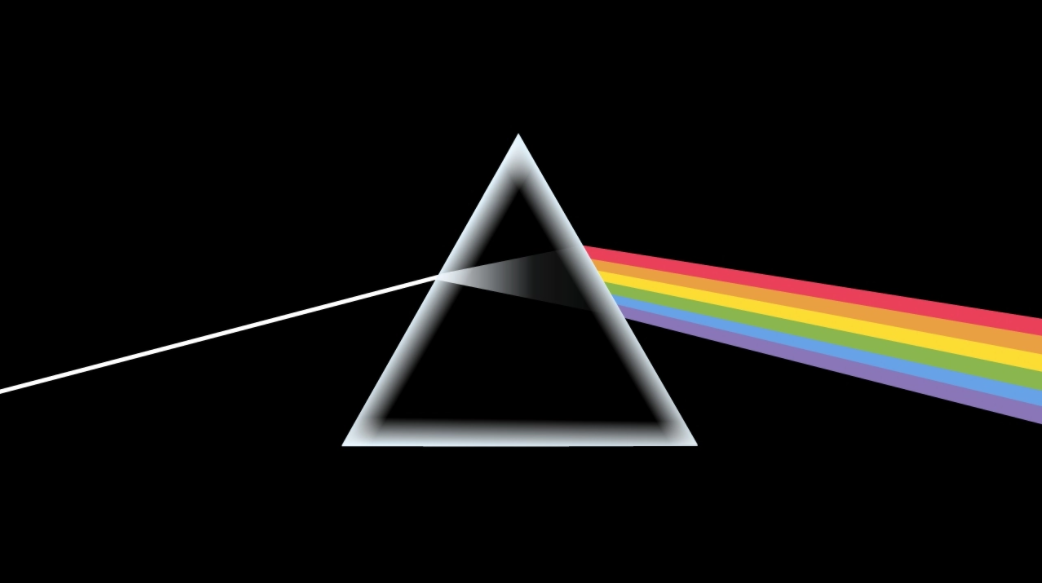
Dispersion is a phenomenon in which polychromatic light is decomposed into monochromatic light to form a spectrum. Dispersion can be realized by using instruments such as prisms or gratings that act as dispersive systems. For example, after the polychromatic light enters the prism, because it has different refractive indexes for the light of various frequencies, the propagation direction of the various colors of light has different degrees of deflection, so when it leaves the prism, it is dispersed separately to form a spectrum. For example, after sunlight passes through a prism, it produces a continuous spectrum of colors arranged sequentially from red to purple. When the polychromatic light passes through the grating or interferometer, it can also disperse the various colors due to light diffraction and interference. In a broad sense, dispersion not only refers to the decomposition of light waves into frequency spectra, but any physical quantity that changes with frequency (or wavelength) is called dispersion, such as optical rotation dispersion.
Simply put, it is the property that the refractive index of the material changes with the frequency of the incident light, which is called "dispersion". The dispersion of light is divided into normal dispersion and abnormal dispersion. The dispersion in which the refractive index of the medium increases with the increase of the optical frequency is called normal dispersion, and the phenomenon in which the refractive index of the medium decreases with the decrease in frequency is called anomalous dispersion. Figure 1 shows the dispersion curves of several optical materials. Dispersion can be realized by prisms or gratings as "dispersion system" instruments. For example, a thin beam of sunlight can be divided into seven colors of red, orange, yellow, green, blue, indigo, and purple by the prism to produce a rainbow effect. This is because the refractive indices of the various colored lights in the polychromatic light are different. When they pass through the prism, the propagation direction is deflected to different degrees, so they are scattered separately when they leave the prism.
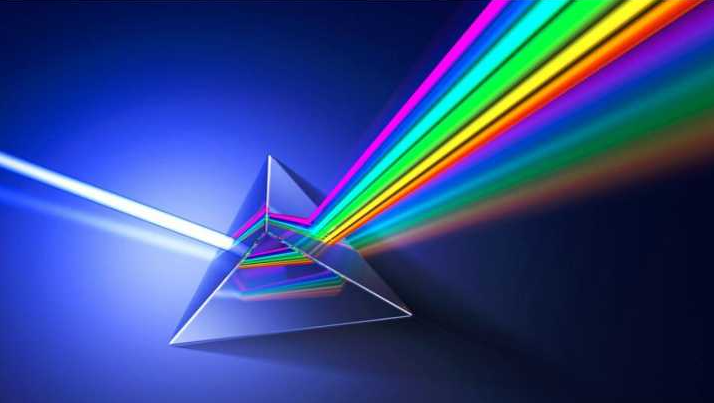
Dispersion can bring people a beautiful rainbow, but if the dispersion occurs in an optical communication system, it will not be so beautiful. Although the concept of dispersion is proposed from the phenomenon of light dispersion, the meaning of dispersion goes far beyond the scope of light propagation in the medium, and it involves various fields of collective excitation in the medium. For example, the relationship between the frequency of a grid wave and its wave vector is called the dispersion relationship of the grid wave. The relationship between the frequency of the polarization excimer (electromagnetic coupling field quantum) and its wave vector produced by the coupling of light waves and long optical transverse waves is called the dispersion relationship of the polarization excimer. The relationship between the energy quantum of the magnon (spin wave quantum) and its spin wave vector constitutes the dispersion relation of the magnon. In addition, the concept of dispersion is also used in quantum field theory. It can also be used to describe the relationship between propagation parameters and frequency. The dispersion in the optical fiber is composed of material dispersion, waveguide dispersion, refractive index distribution dispersion, etc., which can cause distortion of the transmission signal.
In the term "loss", we learned that chromatic dispersion is one of the losses in optical fiber transmission. With the continuous improvement of optical fiber manufacturing technology, optical fiber loss no longer plays a major role in limiting the transmission distance of optical communication systems, and dispersion has risen as one of the primary limiting factors. When the optical pulse signal at the input end of the optical fiber is transmitted over a long distance, at the output end of the optical fiber, the optical pulse waveform is expanded in the time domain. This phenomenon is called chromatic dispersion. Take the chromatic dispersion phenomenon in a single-mode fiber as an example. The chromatic dispersion will cause inter-symbol interference, which will affect the correct judgment of the optical pulse signal at the receiving end, and the bit error rate performance will deteriorate, which will seriously affect information transmission.
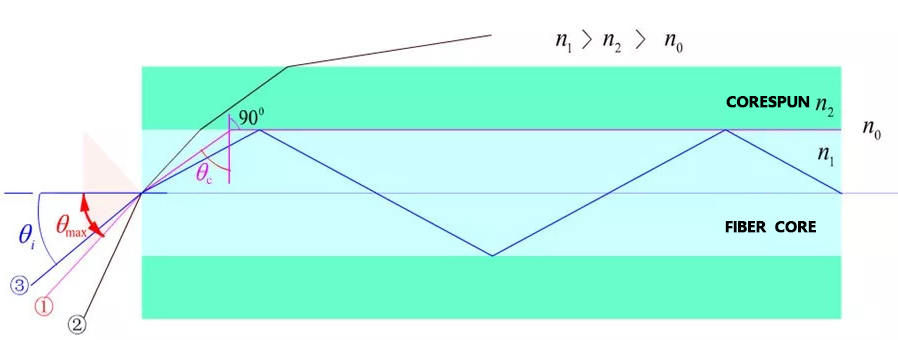
The dispersion of the optical fiber can be described as a pulse broadening phenomenon, which specifically refers to the optical signal under different mode components and different frequencies, or the light pulse, which appears in the light, maintains different transmission speeds and transmits after a certain distance , There is signal distortion. Under normal circumstances, we divide the dispersion of optical fibers into three types, the first is modal dispersion, the second is material dispersion, and the third is waveguide dispersion. As far as modal dispersion is concerned, when light is transmitted in different modes, if the light has the same frequency, but the tangent components are different, and the group velocities are different, the final dispersion is caused; as far as the material dispersion is concerned, this is mainly because of the material itself The influence of the factors of the light, the refractive index of the light is different, the group velocity is different, and the final dispersion is caused; the final waveguide dispersion, mainly in the single-mode optical transmission, the width and frequency band remain unchanged, and the tangent component is different, and finally caused The dispersion. Waveguide dispersion and material dispersion are also collectively referred to as chromatic dispersion, and modal dispersion mainly occurs in multimode fibers. Dispersion has a great influence on the information transmission of optical fiber. It has an inverse relationship with the fiber bandwidth distance product. If the dispersion is larger, the bandwidth distance product will naturally become smaller. For this we need to apply To the principle of compensation, to optimize the optical fiber information transmission to ensure its transmission quality.
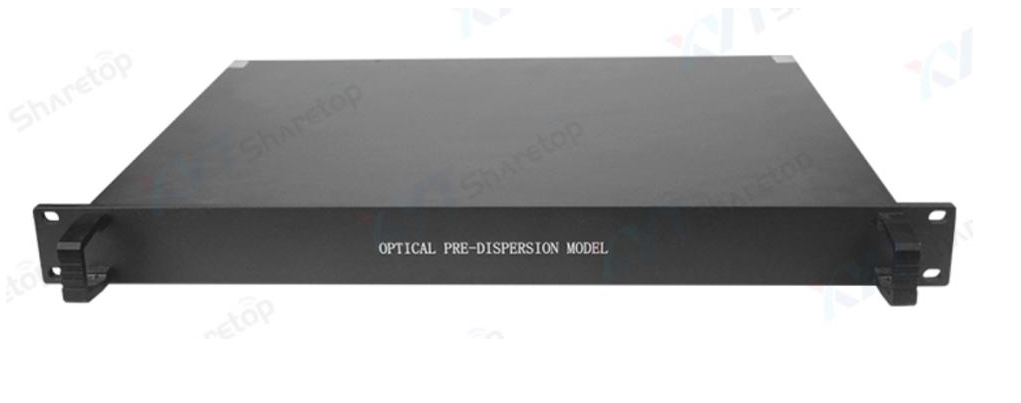
The dispersion compensator is a device or device used to compensate the dispersion generated in the transmission medium.
In recent years, with the rapid development of optical fiber communication, multi-channel dispersion compensation technology has become a key technology to promote the development of optical fiber communication. Due to the large loss of dispersion compensation fiber (DCF), the nonlinearity of the fiber is strong, and it is difficult to achieve with DCF Compensation for a wide range of dispersion slope.
This kind of dispersion compensator is composed of multi-wavelength fiber gratings interleaved with several wavelengths. It has a certain degree of suppression of linear crosstalk and nonlinear crosstalk. Its structure is simple, the system cost increases little, and there is no additional insertion loss.
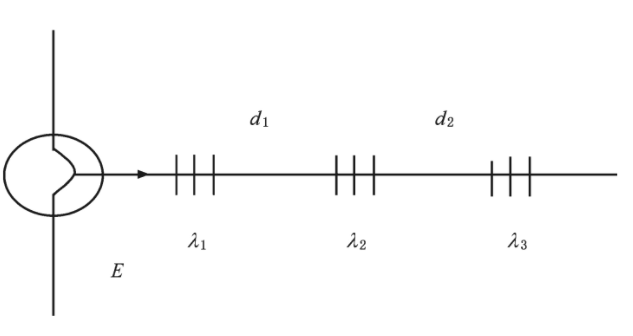
Since nonlinear crosstalk (cross-phase modulation and four-wave mixing effects) is mainly caused by adjacent channels, there is actually no need to introduce random delay differences between each channel, but as long as random time delays are introduced between adjacent channels Delay difference is enough, so the dispersion compensator shown in the figure only introduces random delay difference between adjacent channels to suppress cross-phase modulation and four-wave mixing effects.
It also has the advantages of cascaded narrow-band fiber gratings and sampled fiber gratings. Compared with narrow-band fiber gratings, the number of fiber gratings used in it is greatly reduced, and it will not be limited by background loss, and the number of fiber gratings that need to be packaged is small. , And the volume of the dispersion compensator is also very small; on the other hand, its crosstalk performance will be better than a single sampled fiber grating, and it can effectively suppress it without causing additional costs and losses to the system. The system's cross-phase modulation and four-wave mixing effect, therefore, can obtain a better cost performance.
DCM dispersion compensator is a kind of dispersion compensation equipment developed and produced by Shenzhen sharetop Technology to solve the problem of fiber dispersion in high-speed and long-distance communication systems. It can effectively optimize the dispersion of G.652&G.655 standard single-mode fiber and improve the transmission system. The stability is especially common in 10G&25G WDM systems. Fiber E-Tone dispersion compensation related products have been widely used in various government and enterprise private networks and data center optical transmission systems.
